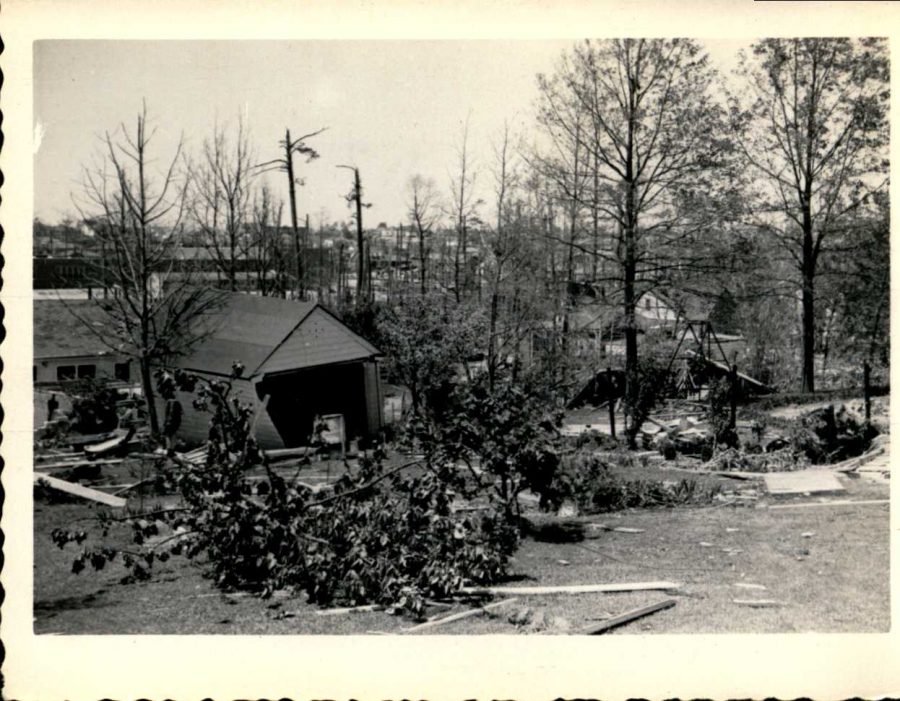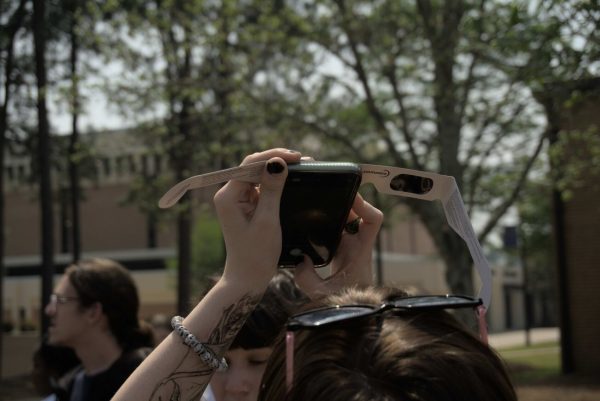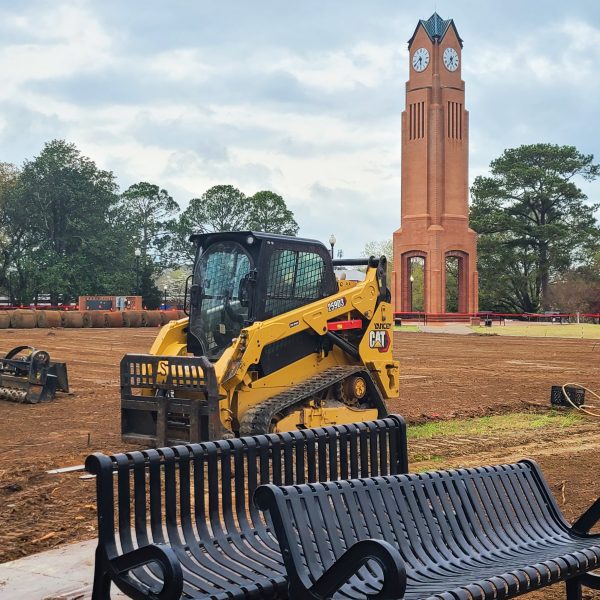Columbus’s weather alarm system announces tornado during calm, foggy morning
If you were confused, you weren’t alone
At about 9 a.m., weather sirens in the Columbus, Georgia area sounded their alarms. Their shared tone, which at first rose in pitch before it reached a long plateau, signaled a tornado warning. A voice commanded listeners, “ATTENTION: A TORNADO WARNING HAS BEEN ISSUED. SEEK SHELTER NOW. DO NOT DELAY. SEEK SHELTER NOW.” The air was still and moist with a thick fog. The sky was overcast and white. After about 10 minutes, the sirens announced that it was “ALL CLEAR.”
Columbus’s siren system is sometimes sounded in the absence of weather emergencies, such as during its weekly tests on Saturdays at noon. Occasionally, it is also used for drills. This morning’s occurrence was part of a state-wide drill for Ready Georgia‘s PrepareAthon! for Tornado Safety.
The reactions of CSU students varied, some having slept through the drill, some not having been fazed, and others having been nervous. The common thread among all students interviewed was that they hadn’t been aware of the drill ahead of time. Otis Tookes, a student, says that the sirens scared him slightly. “I was questioning what I was listening to,” he said. Kelly Pickard, another student, said that the sirens caught her off guard. “My friend told me,” said Pickard, “[that] apparently, they warned faculty that they were doing the tests, but [they warned] none of the students.” Pickard noted that the structure of her dorm wasn’t ideal for tornado safety. In the Simon Schwob Memorial Library, a group of students were discussing their reactions to the drill. Savannah, who only shared her first name, stated, “I was terrified when I heard it because they didn’t give us any warning. And so, I didn’t know what to think, so I just ran back in my dorm and didn’t do anything for about half an hour.” Savannah also said that her dorm was less safe than it could be, especially since she lives on the fourth floor, but she reasoned that a bathtub was a good choice for shelter.
Dr. Scott Gunter, Assistant Professor of Atmospheric Science, stated that “with the most tornadoes occurring in spring, meteorologists try to get the public ready with a Severe Weather Awareness Week ahead of time. The goal of the week is to have a severe weather action plan.” Gunter said that he has been working with students in the math department on a research project about tornado patterns in the area. One of them, Jason Brown, recently finished compiling tornado statistics for Columbus and the surrounding area over the last 10 years. “Those numbers show that the region has experienced 198 tornadoes over the last 10 years,” said Gunter, “with almost 39% of those occurring in April.”
Some Columbus residents may have heard a rumor that the Chattahoochee Valley somehow protects itself against tornadoes by being a valley.* “Scientifically,” explained Gunter, “there isn’t any evidence to support this. If you look at a map of tornado paths over the last 10 years, there have been several tornadoes that have caused damage in the Chattahoochee Valley. The most recent example was in April of 2017 where a weak tornado touched down near Cusseta Road, crossed St. Mary’s Road and Interstate I185, and produced EF1 damage on the east side of the interstate.”
When asked how strong tornadoes tend to be in the area, Gunter answered that tornadoes in general tend to be weak and that he’d be surprised if the average tornado in Columbus was stronger than an EF2.
When asked if he thought people in the area took tornadoes seriously enough, he responded that his gut response was no. He shared some tips on what “taking tornadoes seriously” looks like. First, he recommended knowing the difference between watches and warnings. Second, he recommended having a reliable way to get warnings, such as a phone app. He also recommended having a weather radio, which “can be purchased at any big box store for about 30 bucks,” close to your bed. A big advantage of weather radios is that they are designed to wake people up when there is severe weather. Gunter stated that over the 10-year period that Brown studied, “35 tornadoes occurred between the hours of 10 p.m. and 6 a.m.” Lastly, Gunter recommended having a plan. “If you don’t have a basement, then an interior room with no windows is your next best choice (closet, bathroom, etc.). If you live in a second or third floor apartment, get to the first floor. Abandon mobile homes and cars. They are death traps in tornadoes. Having a plan before a severe weather event occurs will help keep you from panicking if/when the real things happen.”
The worst tornado ever to hit Columbus occurred on Apr. 18, 1953 when a tornado struck houses, churches, and schools near Johnson Elementary School and Jordan High School.
*Note: Dr. Gunter stated that he is working with students in Dr. Guihong Fan’s PIC Math class to investigate how the topography of the Chattahoochee Valley area affects weather. “Over the next few semesters,” said Gunter, “we will be looking at how math is used in describing and forecasting the weather, with severe weather being the particular emphasis. We are always looking for students who want to help us dig deeper into these questions!” For more information on this course, contact either professor.













